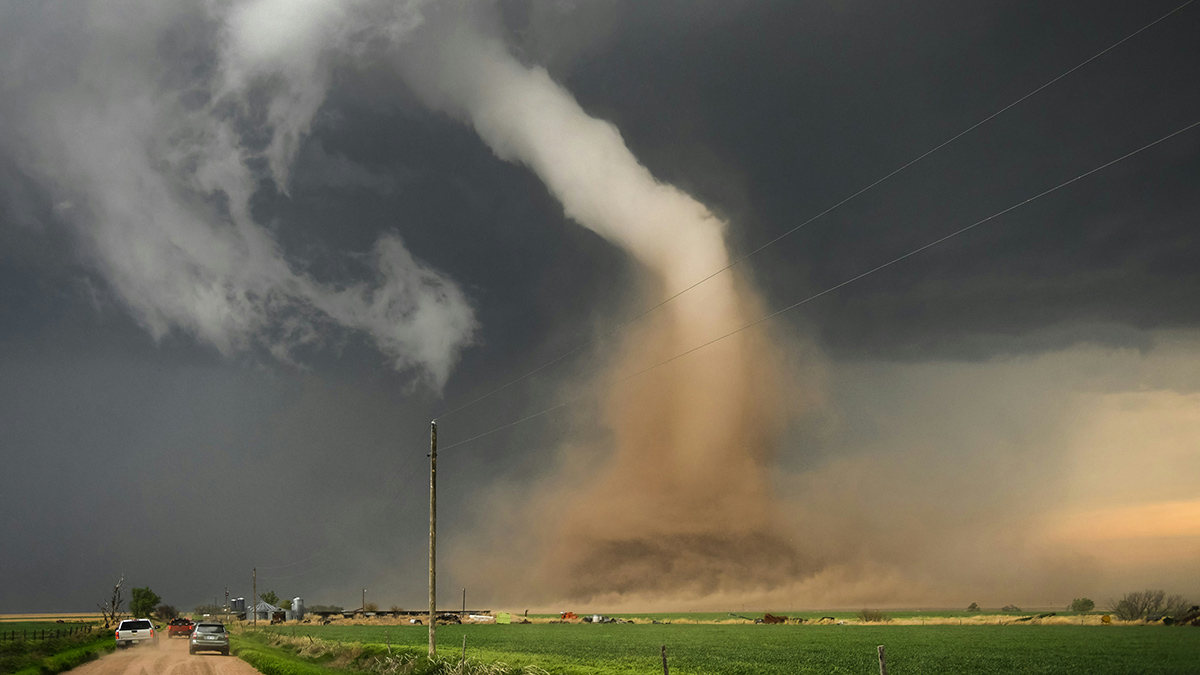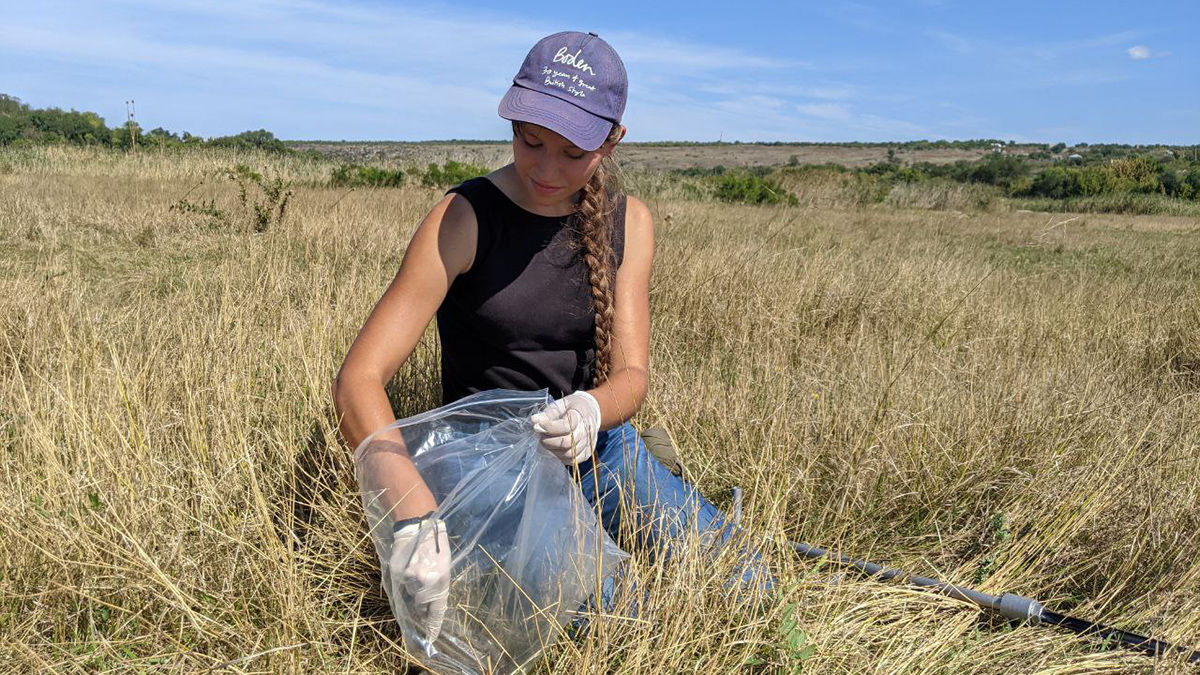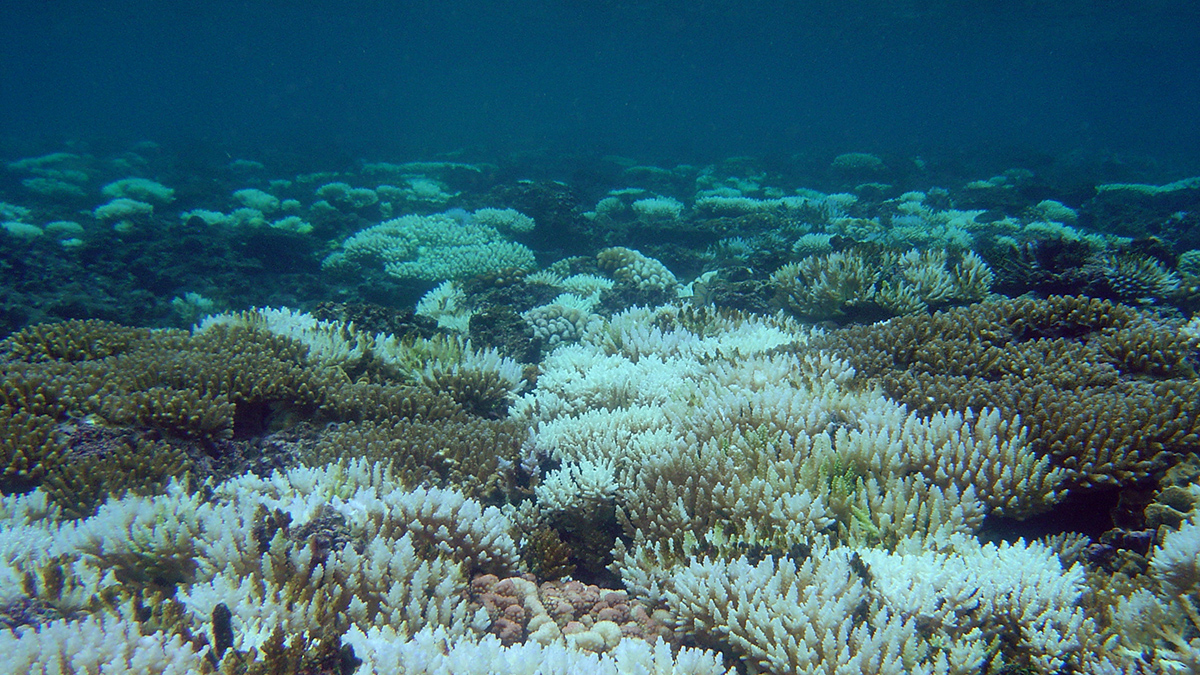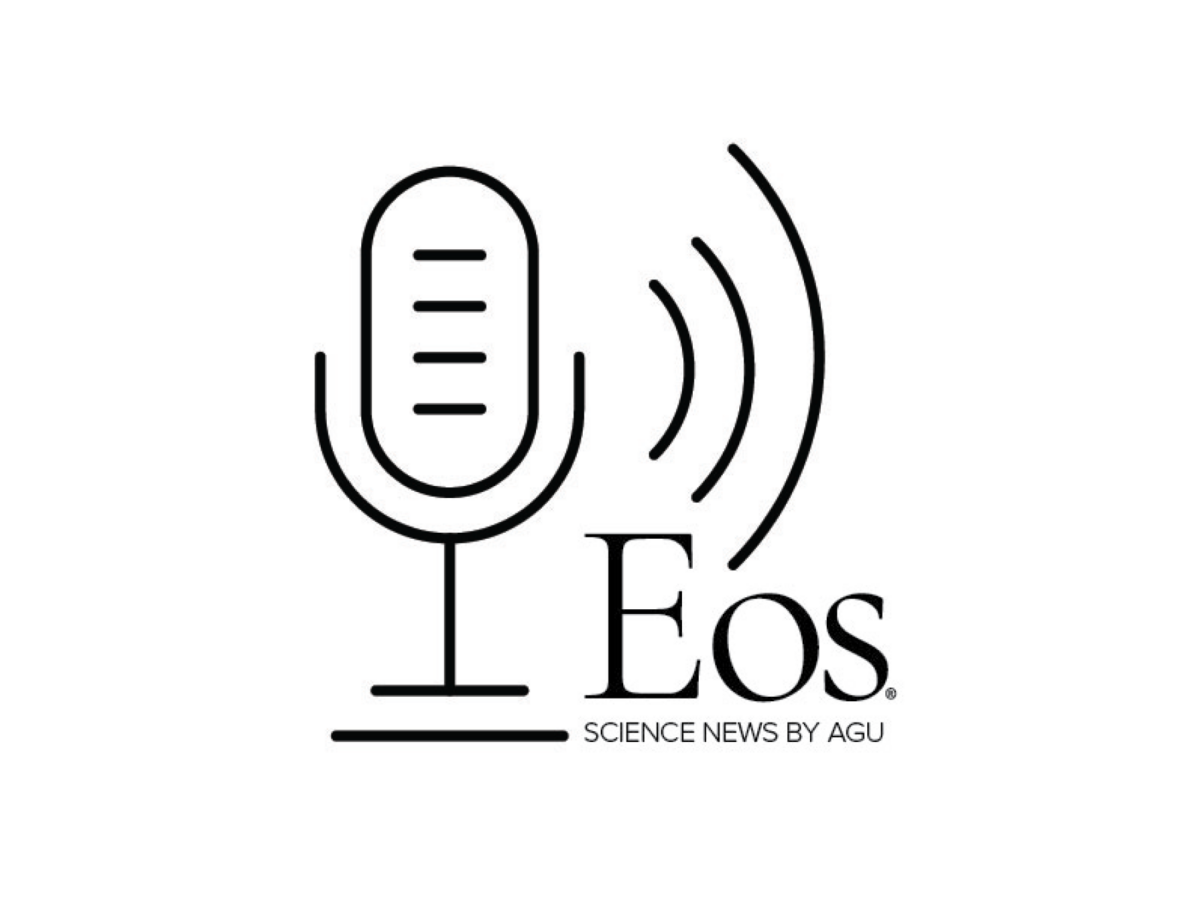Increasing ocean acidity could spell trouble for fish that depend on corals’ many branches for protection.
News
The Surprising Factor Making the United States a Tornado Hot Spot
The roughness of terrain far upstream of where tornadoes occur can affect their formation. It could be what drives the contrast in tornado activity between North and South America.
Das Oktoberfest—viel Bierzeltdunst und Methan
Unvollständige Verbrennung und biogene Emissionen—Atemausstoß und Flatulenz—machen das Oktoberfest zu einer starken, wenn auch zeitlich begrenzten Quelle des potenten Treibhausgases.
Ukrainian Scientists Race to Document Soil Fungi
Genetic sequencing of samples collected from across the country contribute to a global database and may help researchers assess the damage caused by war.
A Folding Troposphere May Help Drive Cloud Formation
Scientists have observed atmospheric particles forming where the stratosphere folds into the troposphere, a finding that may deepen understanding of precipitation and climate.
Hungry Stingrays Shift Serious Amounts of Sediment
While digging for food on estuary bottoms, rays push around literally tons of sediment, changing their habitat in profound ways.
Im Miozän gab es über dem heutigen Deutschland ein „doppeltes Meteoriten-Desaster”
Mit der Analyse der Sedimente, die durch den Einschlag durcheinandergeworfen wurden, konnten Forschende zeigen, dass zwei Einschlagkrater zwischen Schwäbischer und Fränkischer Alb nicht durch den gleichzeitigen Einschlag von zwei aneinander gekoppelten Himmelskörpern, sondern durch die Einschläge von zwei verschiedenen Meteroiten entstanden.
U.S. Earthquake Early Warning System Gets a Major Upgrade
Satellite capabilities will improve the accuracy of ShakeAlert earthquake magnitude measurements.
Some Reefs Could Bleach Year-Round by 2080
Cutting greenhouse gas emissions could protect some reefs more than others.
Solar Panel Arrays May Affect Soil Carbon Levels
As research ramps up on how to maximize the benefits of colocating agriculture and solar panels, researchers are also beginning to investigate other potential ecosystem benefits.










